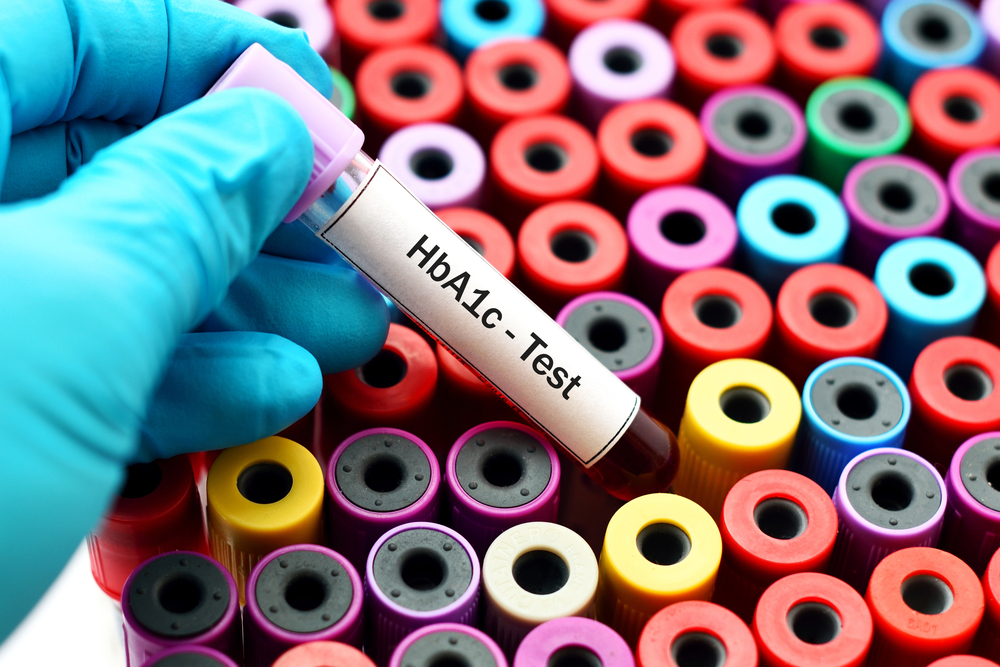5 Tips to Treat Swollen Feet from Diabetes

Swollen feet, also known as edema, is a common complication of diabetes at an early stage. Swollen feet occur when excess fluid builds up in the tissues, causing swelling, typically in the feet and ankles. Keeping swelling under control is important, as it can lead to major health issues if left unchecked. However, several home remedies for swollen feet can provide relief. In this blog post, we will discuss the five tips to treat diabetic swollen feet. But first, let’s understand its causes, risk factors, and symptoms.
What is swollen diabetic feet?
Swelling in a specific part of the body can be a sign of various medical issues. While swelling may be from inflammation or injury, it could also be edema – a build-up of fluid in the tissues. There are many possible causes of edema, including high-sodium diets, staying still too long, and hormonal changes.
However, diabetes is another potential cause. When someone experiences swollen feet from diabetes, it’s often diabetic edema and should be treated quickly.
What are the causes of type 2 diabetes swollen feet?
Diabetes and swollen feet are interconnected. Diabetic-related foot swelling frequently results from multiple contributing factors.
These causes include:
- Diabetes can damage blood vessels, leading to poor circulation. Decreased blood flow to the feet can cause fluid retention and swelling.
- Nerve damage, known as diabetic neuropathy, is a common complication of diabetes. This impaired the functioning of nerves in the legs and feet can also cause swelling.
- Diabetes is a significant cause of kidney disease. This causes excess fluid and waste products to accumulate in the body, causing swelling, particularly in the feet and ankles.
- Heart-related issues due to diabetes can lead to fluid retention and swelling in the lower extremities.
- Certain medications used to manage diabetes may have side effects, including swelling of the extremities.
What are the risk factors of swollen feet from diabetes?
Here are some potential risks associated with diabetic swollen feet:
- Diabetes can impair the immune system, making individuals more susceptible to infections.
- Reduced sensation in the feet (neuropathy) due to diabetes and poor blood circulation can result in foot ulcers.
- Severe complications, such as chronic infections and non-healing ulcers, may increase the risk of amputation.
- Swollen feet can limit mobility.
What are the symptoms of swollen feet from diabetes?
The symptoms of diabetes-related swollen feet can include:
- Swelling
- Tightness
- Changes in skin texture
- Difficulty in moving
- Pain or tenderness
- Chronic swelling can lead to foot ulcers
How is swollen feet from diabetes diagnosed?
Diagnosing diabetes-related swollen feet involves:
- Physical assessment to identify signs of swelling, changes in skin, and other relevant factors.
- Gaining detailed information on the duration, progression, associated symptoms, and a review of the patient’s medical history.
- Blood sugar testing.
- X-rays, ultrasounds, or Doppler to evaluate blood flow and identify vascular issues.
Tips to treat swollen feet from diabetes
Treating swollen feet from diabetes involves addressing the underlying causes and managing associated complications. Here are some strategies:
- Blood Sugar Control
Effective blood sugar management is fundamental for addressing diabetes-related swollen feet. Regular monitoring, medication adherence, insulin therapy, and lifestyle changes, including a balanced diet and exercise, are pivotal in preventing complications contributing to swelling.
- Foot Care
Comprehensive foot care, including daily inspection, proper hygiene, and routine podiatric check-ups, is crucial in preventing and addressing swollen feet. Proactive monitoring and early intervention help mitigate the risk of complications.
- Compression Stockings
Graduated compression stockings, with tighter pressure at the ankle, aid in reducing fluid retention and promoting circulation in the feet. Consulting a doctor is essential for proper usage and effectiveness.
- Elevate the Feet
Elevating one’s feet above the level of the heart helps drain fluid from the feet. This can be done by lying down and propping the feet up when able. It brings relief by taking pressure off the lower extremities.
- Physical Activity
Engaging in some physical movement every day, even light walking, promotes proper circulation to keep fluid from pooling in the lower legs and feet. It also supports the kidneys to better eliminate excess fluid. One should aim for at least 30 minutes of activity daily, avoiding standing still for long periods.
It’s essential to get blood sugar levels checked as it’s easier to manage diabetes in the early stages. Swollen feet from diabetes can be treated with a timely diagnosis. Working closely with a doctor to develop a customised plan that addresses specific needs and conditions is important.
FAQs
1. How to reduce diabetic swelling in feet quickly?
Employ strategies like blood sugar control, applying cold compresses, and ensuring proper hydration to reduce swelling in their feet.
2. What is the best diabetes swollen feet treatment?
Consider soaking the feet in Epsom salt baths and taking gentle foot massages to alleviate swollen feet from diabetes.
3. What are some of the best foods for reducing diabetic foot swelling?
Foods with anti-inflammatory properties, including berries, leafy greens, and omega-3-rich fatty fish, can help reduce diabetic foot swelling.















